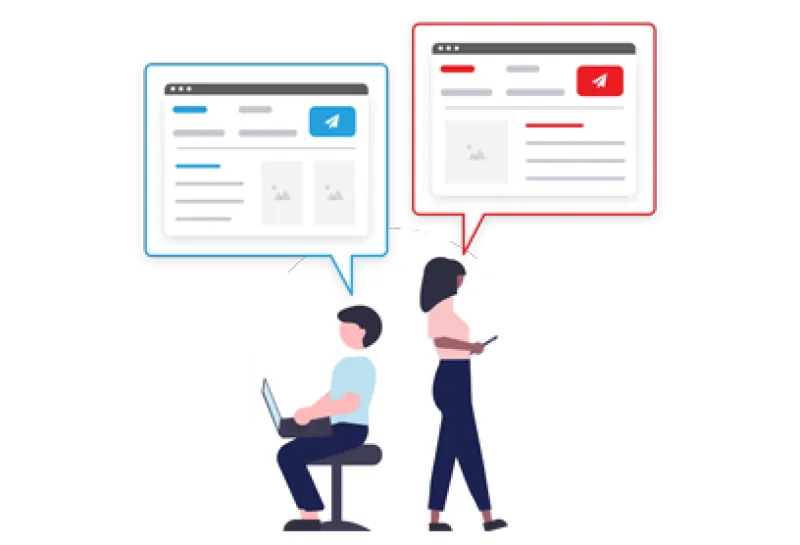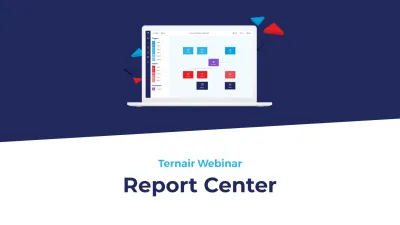Advantages of Inbound marketing
Inbound marketing ensures a structural gain of your target audience by providing information that is useful, knowledgeable and does not impose itself at inappropriate times. Therefore, with Inbound marketing, you create more sympathy and loyalty by providing the right information at every stage of the "customer journey.
Disadvantages Inbound marketing
An Inbound strategy does not lend itself to short-term actions, if at all. Needs must also be quite manifest. Although algorithms and prediction models are getting better at discovering our needs based on lots of data before we do. A growing disadvantage of the inbound strategy content marketing is that due to the huge amount of content that has appeared in recent years -especially online- the relevance, reliability and findability of that content decreases. As has been true of every marketing and advertising technique since the invention of the door-to-door flyer: the effect diminishes as a technique is massively applied.
"The effect diminishes as a marketing strategy is massively applied."At the same time, you can no longer do without Inbound marketing. A taking itself seriously organization must show something of its "content," its "content," its "why do we do what we do. Ultimately, target audiences fulfill a need and the final product or service is 'just' the means. Whether this is a cruise trip, a donation to charity, a new pair of jeans or financial advice.
Advantages of Outbound marketing
Outbound marketing can create a lot of attention in a short period of time. It works great in supply-driven industries, markets with little competition and for "low-interest" products. Last minute discount offers and announcements are also communicated almost exclusively through Outbound marketing. In doing so, latent (unconscious) needs are often made concrete or target groups are given just the last argument that helps them cross the threshold of a purchase.
Disadvantages of Outbound marketing
Outbound marketing has developed significantly over the past fifty years. For the better, through ever-improving audience segmentations. But also for the worse, by an abundance of expressions and (online) advertisements that "chase" target groups all the time. This results in high opt-out and abandonment rates and irritation among customers. Due to the large number of providers, Outbound marketing is also relatively expensive, because effect is only achieved after a long period of time or with a substantial deployment of communication tools.
"It causes high opt-out and abandonment rates and irritation."Conclusion
In the short term, an Outbound strategy works well, many marketer even turn content marketing into an Outbound technique. The investment in Inbound seems higher and more complex. But the customer is king. Public and political opinion tend to take a stricter approach to communication that is pushed too much towards (potential) customers. The costs of Outbound campaigns are also higher than Inbound in the long run, where efficiency, customer loyalty and lifetime value play an important role.
Don't pit Outbound and Inbound marketing against each other, but make your Outbound as refined and segmented as possible, and take serious steps toward creating an Inbound strategy
Inbound as well as Outbound marketing across all channels requires a tool that can match your customer data, content and offers in all channels in an automated way.
A Data and Marketing automation software platform brings you this efficiency. It doesn't have to be complicated and ensures that Privacy from every relationship can be managed centrally across all your channels. Define your own business case here.





